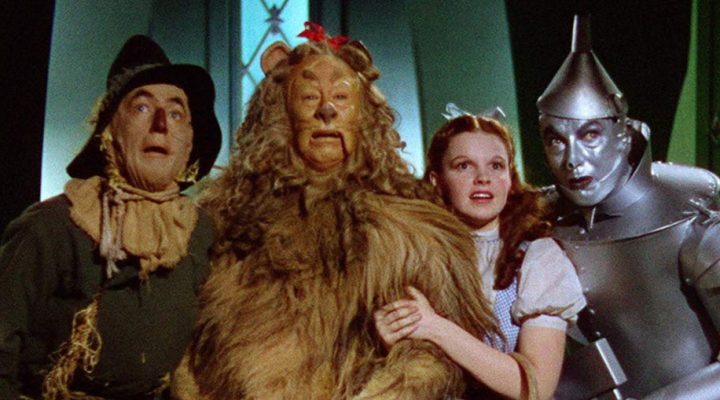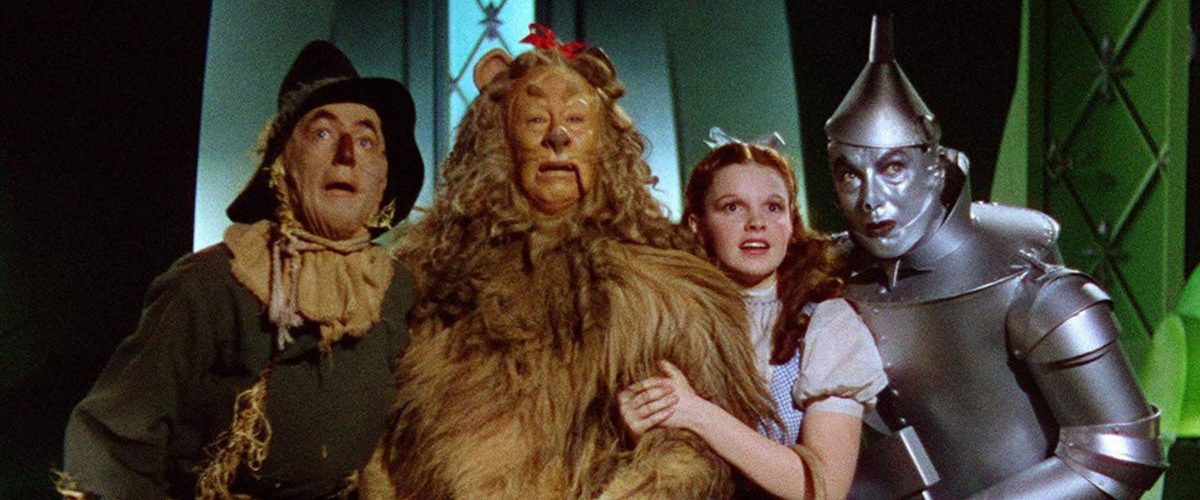These next four weeks of Advent build a sense of anticipation for the birth of our Lord. We prepare every week with grand themes: Hope, Peace, Love, Joy. We light candles to symbolize these themes of anticipation and preparation. It builds and builds and builds until Christmas.
I’ve always loved Advent. But I’ve got to be honest, the first Sunday is always a little bizarre. It starts with hope — which is literally my business — but not your typical hope. Advent always starts with apocalyptic hope. End time stuff that would make some Baptists salivate for destruction. But not us. Here we are bursting with hope and anticipation, and we always get predictions of the end times in our Gospel lections. And thank God.
If there was ever a time in my life when I wanted God to rip through the heavens, descend to the ground on which we walk, and institute the kingdom of heaven — righting all wrongs, establishing perfect justice, bringing us all into divine peace and wholeness and wellbeing — it is right now. I want that more now than I have ever wanted it in my life.
The end of all diseases, the end of any threat of death, no more tears, no more worries, no more evil, just good. Well, come Lord Jesus, because I am tired. I am worn out seeing those I love suffer for no apparent reason.
“Well, come Lord Jesus, because I am tired. I am worn out seeing those I love suffer for no apparent reason.”
The injustices of racism, sexism, gender violence, Christian nationalism, white superiority, etc., etc., etc. — those things that cannot exist in the kingdom of heaven because they are not of heaven — those things have given me a cussing condition that I won’t overcome and I’m just flat on my back.
I live and work in a system that is destroying our future — our future world, and our future people who will live in it, where we continue to design our socioeconomic and political system to take care of and support the wealthiest and most elite while simultaneously destroying people’s lives who aren’t already living in untouchable wealth, the most vulnerable, the least of these.
It’s a paradox, isn’t it? How do you talk about hope when you live in such an unforgiving and brutal world? What does hope look like?
As a kid, the movie The Wizard of Oz used to come on every year. It is an iconic movie. Young Dorothy and her dog, Toto, get swept away in a massive tornado and she lands in another realm in real trouble and all she wants to do is get back home. The rest of the movie is devoted to her journey home and all the obstacles she has to go through. Almost at every turn she encounters an obstacle that is so insurmountable that we doubt if she’ll ever get home again.
Dorothy, the Tin Man and the Scarecrow are about to go through a forest, and she wonders if they will encounter any wild animals. The Tin Man says he supposes they will, and the Scarecrow asks, “Animals that that eat straw?” To which the Tin Man says, “Some, but mostly lions and tigers and bears.” And what do they encounter at that moment? A lion!
Hope looks a lot like that.
Knowing danger is ahead, that there’s no way around it, we move forward anyway. That’s easier said than done, but that’s hope.
I read an article recently about Wendell Berry that described his concept of hope and hopelessness. There is a silence to hopelessness, and this is a different silence than the silence of complicity. The silence of hopelessness is a giving up, a resignation. It is characterized by fatalism and acquiescence to the inevitable.
Sentiments like, “It’s always been like this and there’s nothing you can do about it. Since you can’t do anything about it, why say anything about it” capture the nature of this silence.
“Hope is resistance, according to Wendell Berry.”
The opposite of silence, the opposite of this kind of hopelessness, is resistance. Hope is resistance, according to Wendell Berry. So in this sense, we create our own hope with our actions.
Will we freeze in the forest at the mere thought of a lion or a tiger or a bear? Or will we begin to move through it? Will we turn around and run in the opposite direction out of fear? Or will we put one foot in front of the other and keep going?
Lions will come; they always do. Life can be a terrible four-letter word sometimes, but what will we do? Will we silently and hopelessly submit, or will we resist?
Hope refuses to see reality at face value and demands something better, because hope knows something. Hope knows God is in the forest too. There are certainly lions and tigers and bears, but there also is God.
There is God, the good force moving through our world compelling God’s people to resist, gathering God’s people together in a voice, creating beloved community so we are not walking into a forest of lions and tigers and bears alone. That kind of hope is a kind of hope you can build a life around.
This is where I want to tell you a story about Together for Hope and the work we do in rural America that is ending persistent rural poverty. This is the perfect place to talk about utopian visions of God’s future (turning weapons into farm equipment) that creates alignment on our team and across our community-based organizations throughout rural America. This is where I tell you the stories of hope — and all those stories are real and true and we are transforming rural America together for hope.
Hope, utopia, alignment, oh my — the great provisional answers to the lions and tigers and bears. While it would be true, and it is true and even powerful, it would not be fully honest.
“Our whole world has been turned upside down with these diagnoses.”
Recently, our firstborn child was diagnosed with type 1 diabetes, and about a month later, my wife, Pam, was diagnosed with breast cancer. Our whole world has been turned upside down with these diagnoses, and we are still learning what life is beginning to look like, what hope looks like.
Hope looks like a box in the mail with a blanket and butter socks and a candle in it, and a note that says, “We love you, we’re praying for you, we hope your recovery is quick and these help.” Those are bright rays of hope bursting through the dark clouds of pain lighting the way forward.
It felt like a mini-apocalypse where God ripped through the heavens, descended to the ground on which we walk, and instituted the kingdom of heaven in that single moment when friends let us know we were not walking through the forest alone. That God was in the forest, too, and so were they.
That is what hope looks like for so many. That is how we create hope. That is how we resist despair and continue to put one foot in front of the other — and sometimes it is very, very hard to drag that foot forward. Sometimes we need help dragging that foot forward. Sometimes we have to carry each other forward. Sometimes we are the one who carries, and sometimes we are the one who is carried.

Jason Coker
Jason Coker serves as coordinator of Cooperative Baptist Fellowship of Mississippi and as president of Together for Hope.
Related articles:
Coker named to elite futurism cohort, benefiting Together for Hope
Delta-bred Coker returns home from New England to lead Mississippi CBF
Together for Hope inspires communities to see what they’ve got more than what they’re lacking


